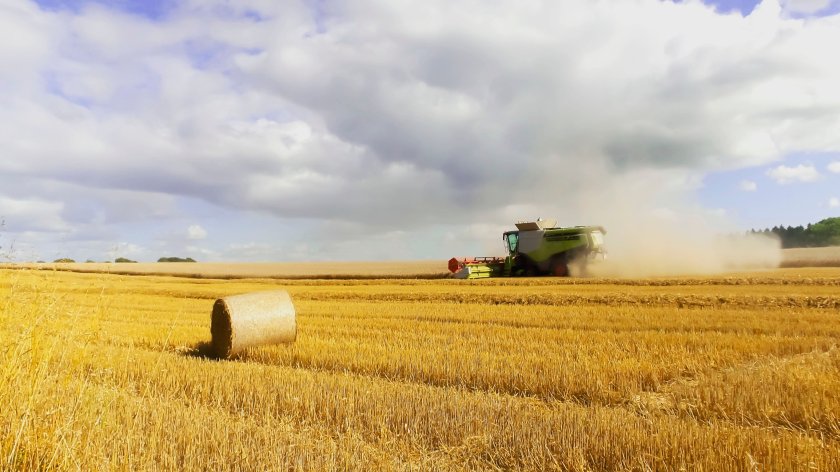
Growers are being encouraged to take part in the NFU's annual harvest survey to help build a detailed picture of yields across the country.
The survey, which takes just a few minutes to complete, will help the union build a strong evidence base of how the harvest has gone across England and Wales.
This year's data will be especially important, as the impact of the fertiliser crisis, escalating input costs, market volatility, and difficult weather for some regions will all be assessed.
NFU Combinable Crops Board vice chair, James Cox said: "These surveys help to shape and provide evidence for our policy asks and help us to champion the cause of British arable farming.
"In fact, all these surveys are related, because the harvest survey will provide more detail of the impacts of the many challenges during the past year, how you have adapted to them, and how they have translated into grain in store.
"We’d also really like to have a good number of respondents from each region, because the that can also tell us a great deal about the variations across the country, especially in terms of the weather.
"The more regional data we have, the more tailored we can be when talking to MPs and officials and the more relevant a case we can take."
This survey will only take a few minutes to complete, and should be undertaken once harvest is finished to get the most accurate figures possible.
If harvest is not complete by the survey deadline, the NFU says farmers should provide the average yield realised on the area harvested to date.
The survey will close for responses on 1 October 2023.
Tips for completing the survey
The NFU has provided growers some points before completing the survey:
• Yield estimates should be based on dried samples. If this is not possible, adjust to give your best estimate of yield on a 14.5% (approx.) moisture content basis for cereals, 9% for oilseeds and 16% for proteins.
• Areas planted – record the same areas as you entered on your June Census return.
• All figures must be in metric units, (tonnes and hectares).
• To convert to hectares, multiply the area in acres by 0.405.
